The Independent's journalism is supported by our readers. When you purchase through links on our site, we may earn commission.
I’ve driven the future and it doesn’t work: the trouble with electric cars
There were a whopping 36 electric cars on the road per standard public charger last year, but range anxiety is only one of the reasons that the electric car revolution is faltering rather than firing on all cylinders in this country. Our man Sean O’Grady hits the highways to find out what’s going on...

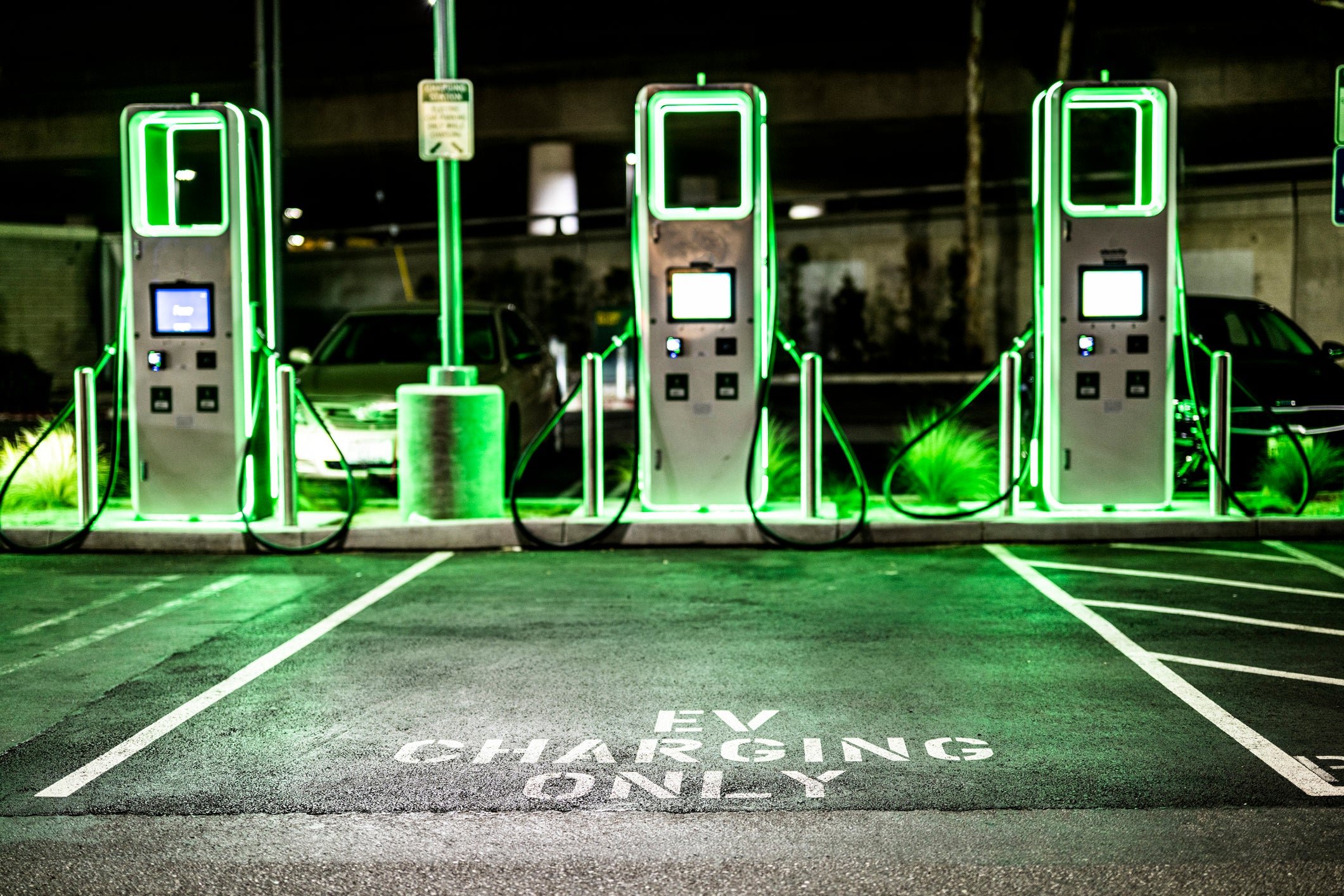
So there I was, just back from the “unveil” of Volvo’s stylish little new electric car, the EX30, and all ready to get home and bang out an essay defending this flawed but necessary and revolutionary transition. As it has become fashionable lately to write articles along the lines of “I bought an EV and now I hate the damn thing”, I was all set to redress the balance.
Arriving back at Heathrow (I don’t need an argument about the ironies right now), I made my way to the state-of-the-art Ioniq 6 saloon that Hyundai had kindly lent me. The extremely accurate range projector told me I had 80 miles left in the batteries (on a good day and fully juiced it’ll take you 300 miles), and home was 90.
No problem, I thought. I’ll just take a little tea break at the services, plug the iconic Ioniq in (it’s got gorgeous retro styling, by the way), and I’ll be home in time for supper.
Not so fast. Or even slow – I’d already engaged economy mode to make the most of the available power. I found a Gridserve charging point, plugged in and wandered off for my comfort break. I came back to find the battery in the same state I’d left it. I’d made the cardinal error of leaving the vehicle before checking it was actually charging. Of course it wasn’t. Sod’s law.
I tried unplugging and going through the procedure a couple of times. No dice. The message on the charge point was as bleak as it was uninformative: “Error. The charger detected an internal problem.” Half-panicked – was the “internal problem” the car or the charger, or both? – I got to the next services, which had two Gridserve chargers (they have an unhealthy monopoly on the motorways). Both occupied. So, on to Northampton services.
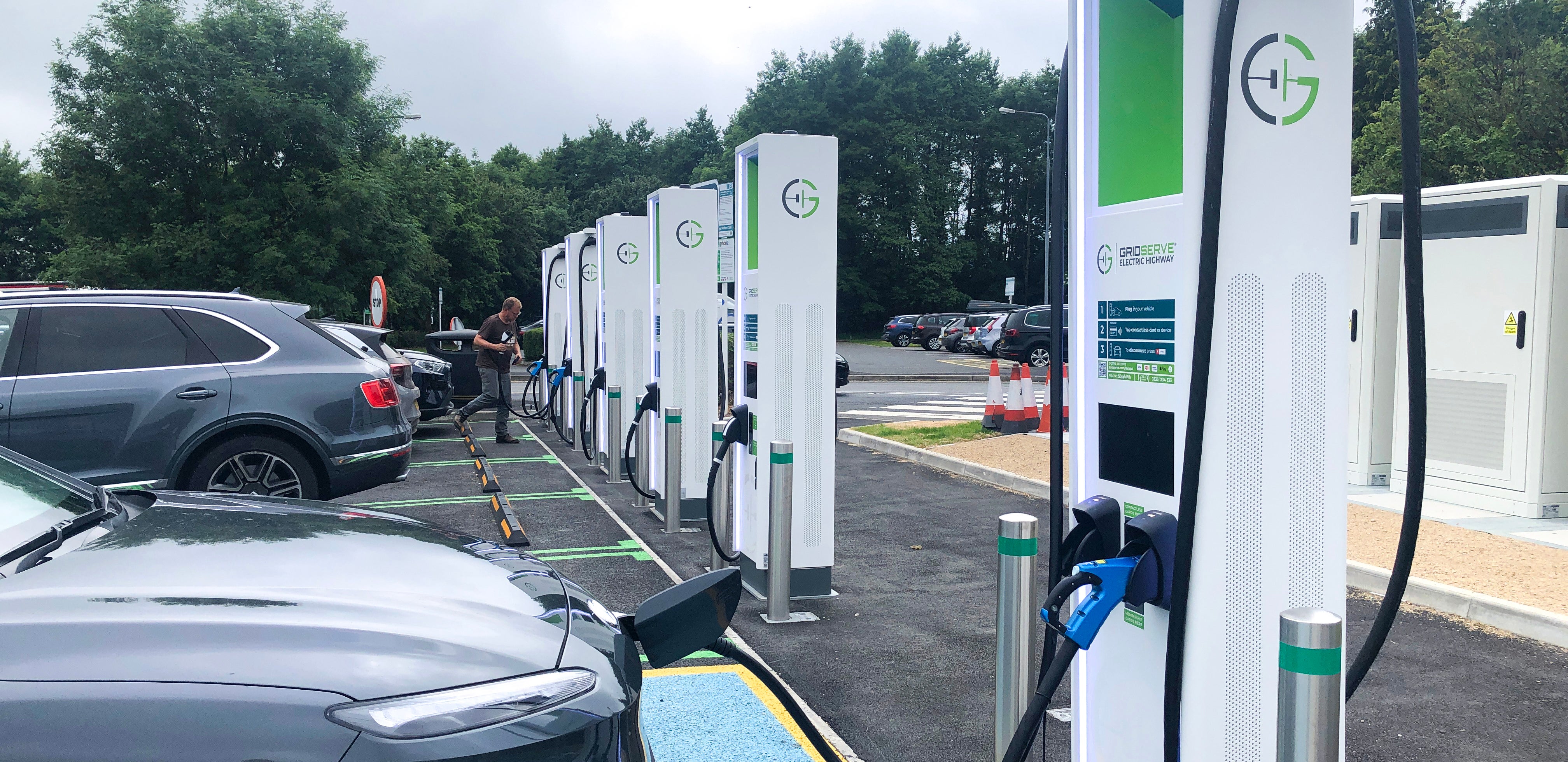
By this point the Ioniq 6 was screaming at me to charge immediately – and it wasn’t being alarmist. The computer was telling me I couldn’t complete my journey. I was probably breaking the law. So I stopped. Occupied again. So I sat and waited and waited. I rang Gridserve, and the helpful operator told me the “internal error” I’d encountered before was the charger needing a reset. Now they tell me!
Anyway, this time it worked fine. Booted to more than adequate levels of power, I switched the Hyundai to “sport mode” and made off. A lovely evening with a fine sports saloon at my disposal, I was home about an hour late. But I was sorely tried by the traumatic experience. “Range anxiety”, I find, has some grounding in reality.
It did highlight just how unsatisfactory the UK’s commercial/fast charging network can be, especially on the motorways. Gridserve, which took the system over from Ecotricity (owned by Just Stop Oil and Labour donor Dale Vince) has actually now relinquished its monopoly rights, which should help competition. I’ve also found, away from the motorways, Shell and InstaVolt to be fairly reliable, again with easy touch-card access (apps being optional). But obviously nothing like an old-school splash and dash with diesel or petrol.
Anyway, deprived of charge and completely stranded, I was suddenly as resentful of EVs as the most reactionary of petrolheads. You can’t easily recharge an electric car if it runs out of power, and they are difficult to tow. You need to sit and wait for help from the motoring organisations.
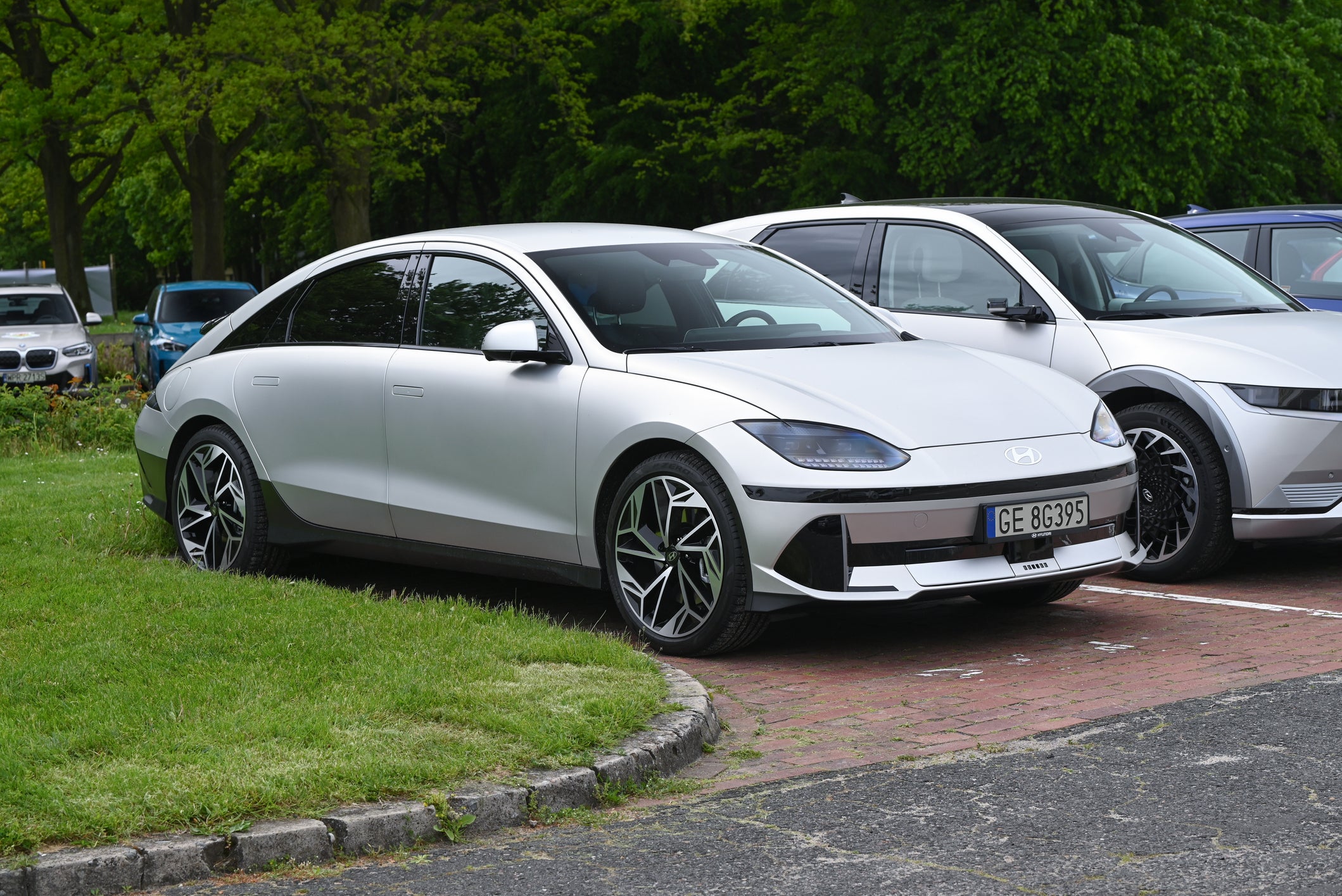
On reflection, however, I have to say that I feel I’ve been unfair to the electric vehicle. For I was not using an electric car as intended. The general rule is to charge at home, say overnight, and in normal use you shouldn’t need to do that every single night, either. The people at Volvo, for example, point out that few users drive more than 30 miles a day, so an electric car with a 200- or 300-mile range shouldn’t need a full-top more than once a week. They’re right about that, and while an ICE (internal combustion engine) with a normal-sized petrol or diesel engine can boast a range of 600 miles or more, how many times do we really need that capacity – and who’d drive that far without a break?
In other words, commercial fast chargers should really be used only in some sort of emergency, or unforeseeable circumstances, and this is doubly so because the rates they charge (with VAT at the full rate) compare unfavourably with fossil fuels. Charging at home should be easy and cheap (present energy price spikes notwithstanding). That’s the best way to drive to an economical as well as ecologically sound future.
Now this begs an important question. Who are electric cars for? Regrettably, the fact is that they are, as things stand, not for people who live in flats and terraced houses. It doesn’t matter how rich or green you are, if you don’t have access to some sort of off-road parking or to an allocated private charging facility – say in a car park at work or below an apartment block – then owning an EV is impractical. That’s it, and it’s a truth that is too seldom acknowledged as the official effort to go green intensifies.
By 2030, sales of new petrol and diesel cars will be banned across the UK and EU (with a few derogations), and hybrids will go in 2035. After that? One can’t help feeling that the various congestion charge, parking, tax and duty regimes will be firmly focused on pushing the old-timers gradually off the road, for better or worse.
It doesn’t feel at all fair that someone who happens to have a tiny driveway can happily (if they can afford it) go electric; but their neighbour, with just the pavement outside, cannot.
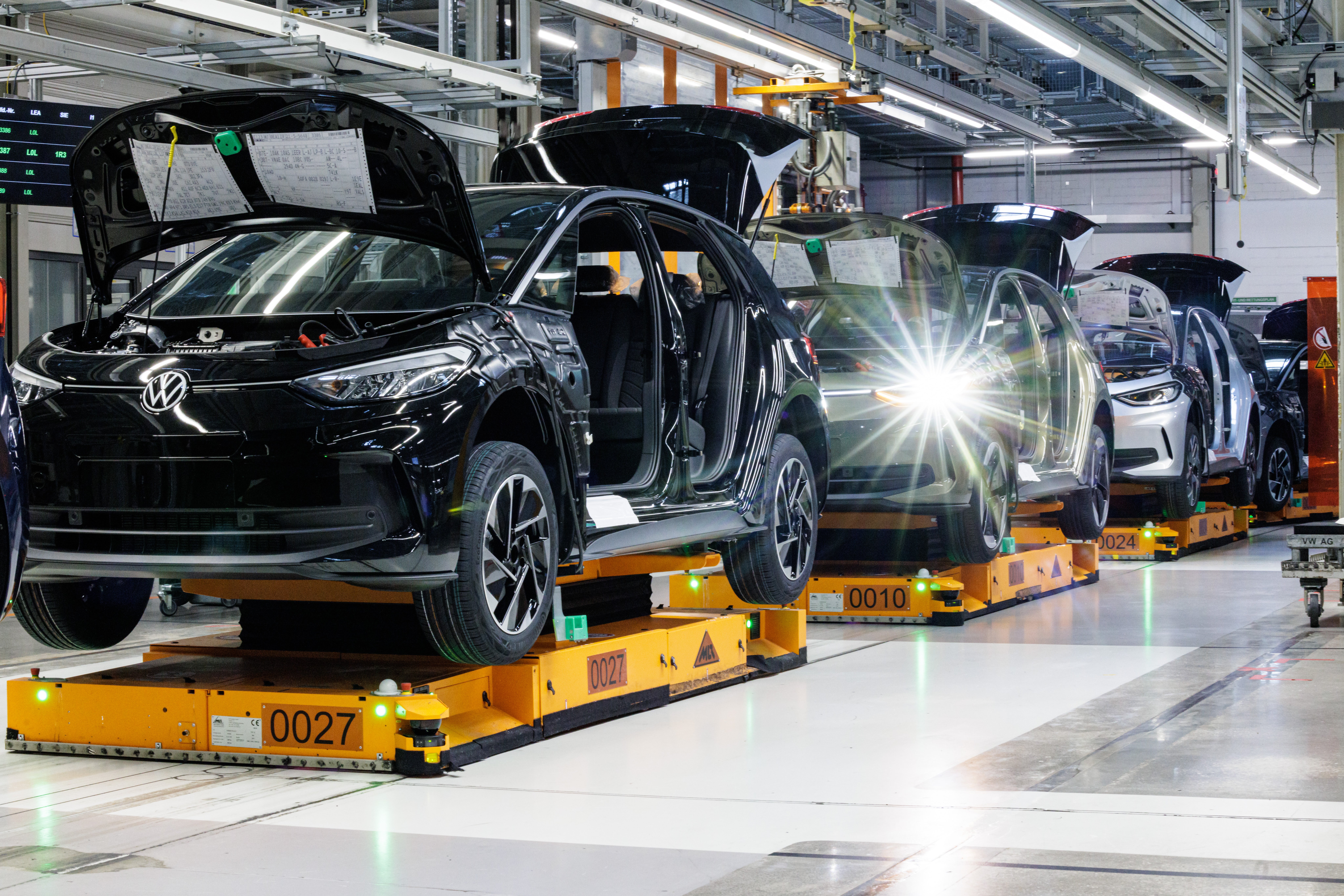
The number of public charging points has failed to keep pace with the growth in popularity of electric cars. Recent figures showed there were 36 electric cars on the road per standard public charger last year, compared to 31 in 2021. In the North West, there were 85 vehicles to every charger; in London, just 11.
One – partial – answer might be to convert lamp posts to become cheap dual-purpose charge points, but that is at best a makeshift solution.
The second barrier to adoption is just as insurmountable: price. A few weeks ago, the Society of Motor Manufacturers and Traders held its annual trade day and published an impressive publicity photo that showed the sheer range of available battery electric vehicles (BEVs – all-electric, not hybrids or plug-in hybrids). We see there is a BEV answer to every road transportation question.
There’s the tiny Citroen Ami, a town car (technically a quadricycle), the cheapest such on the market. There are efficient and stylish hatches, such as the MG4 and electric Mini, executive saloons and limousines by BMW, Genesis and Mercedes-Benz, a Nissan van and a Volvo lorry. It is, in truth, only a small sample of the cornucopia of electrified choice available from established names such as Renault, Vauxhall and Fiat, through the relatively youthful Tesla, and on to the less familiar products coming from China – Build Your Dreams and the Great Wall Motors Ora Funky Cat (yes, really).
These battery all-electric vehicles are, by and large, refined, near silent, fast (sometimes neck-breakingly so), and utterly usable. I recall one of the first mainstream electric cars to make it to market about 15 years ago, the electric Smart Fortwo. It was so exciting because so novel, and fully a motor car in a way that the only then competitor, the odd little Reva G-Wiz, was not. It would do 70mph and had a range of 70 miles.
I soon learned on the A13, to my disappointment, that it was not possible to travel at 70mph for 70 miles. The battery charge dial slowly but perceptibly headed towards empty as my speed built. It was an object lesson in the limits to cakeism. Neither was the Smart especially cheap.
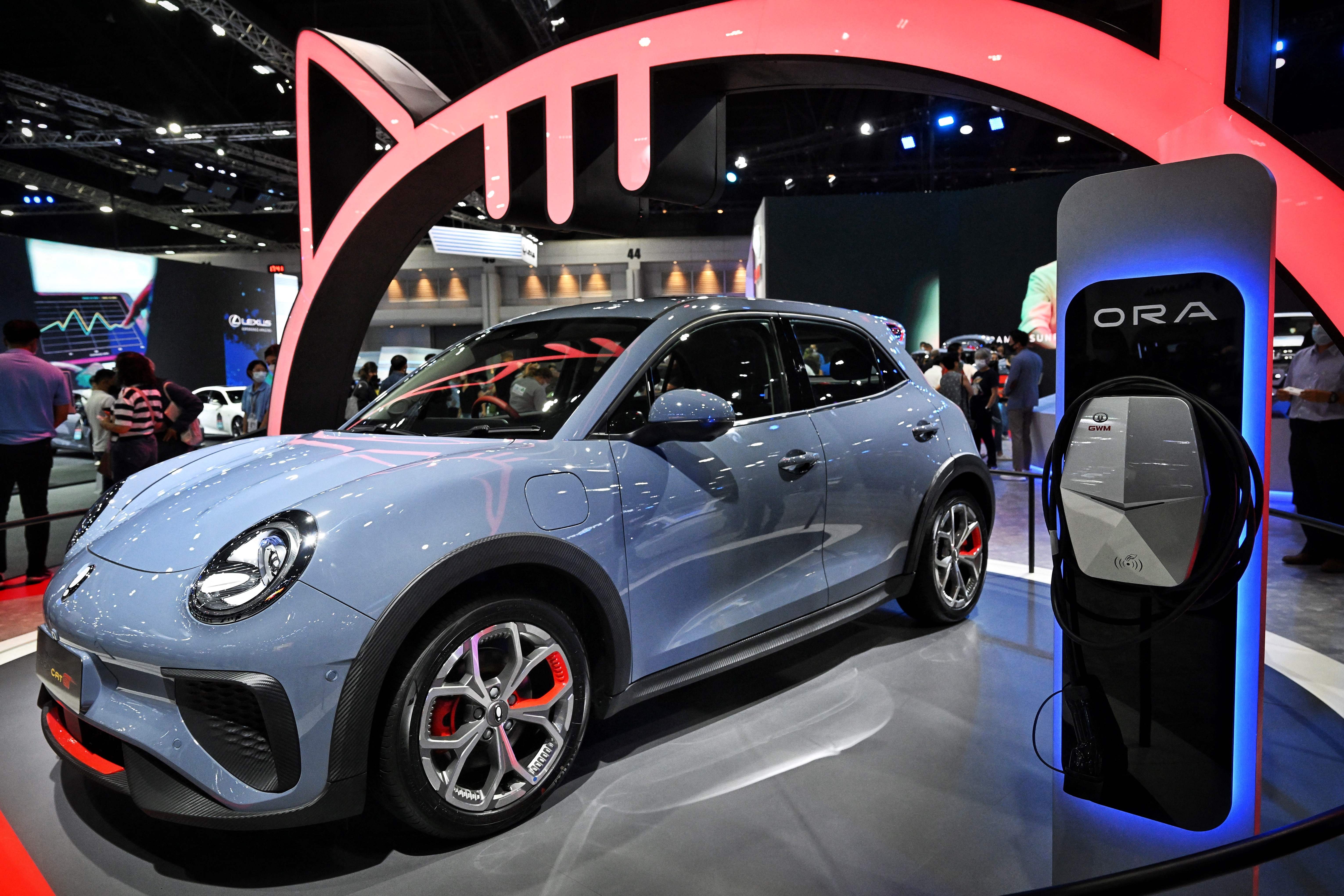
Now look at what is on offer – massive ranges and exhilarating speed, and all the driver aids and safety kit one might expect. But it comes at a premium – about £5,000 to £10,000 over a comparable petrol or diesel version in the same range. So a buyer who can run to the luxury of such a choice has to balance the much higher cost of running a petrol or diesel – fuel, maintenance, repairs, car tax – with that electric premium.
The higher your mileage and the longer you plan to keep the car, the more economic electric cars become. Again, though, you’ll also have to take a view of the future path of energy prices. The government subsidies have mostly disappeared, and a home charge point will set you back about £1,000 (which of course gets left behind if you move home). Flat owners can get a grant of up to £350). For the many people in the country whose budget for a car is anything from a couple of thousand pounds to £15,000, the choice is realistically confined to traditional petrol and diesel models.
Despite the formidable efforts of the world’s auto giants, the traditional benefits of economies of scale seem harder to harvest than they were. A good value cheaper model such as the MG4 comes in at £27,000 new. The new small Volvo EX30 is at £33,000, a little less than a Vauxhall e-Corsa. There are relatively few used models (though the stock is rising and prices slowly eroding). Older electric cars have much smaller ranges. There’s just no alternative to the combustion engine for many.
Ah, you may say, the real point isn’t saving money, it’s going green. True, and laudable. But how “green” are fully electric cars in reality? I hardly dare open the debate, so contentious has it become. Agreement is very narrow, and the argument is frankly rather politicised, and hedged around by vested interests. Brands and companies that haven’t fully signed up to electric – Mazda, Ford, Toyota – stress just how green lean and efficient petrol and diesel vehicles can be. Others who’ve fully committed argue the opposite.
About all there is consensus on is zero tailpipe emissions, where fully electrics have an obvious and absolute advantage. It’s probably the case that electric cars, even powered by fossil fuel generation of their electricity, are greener than the equivalent petrol or diesel models.
On the other hand, the mining of raw materials and the manufacture and transport of battery packs is very energy-intensive, and the search for cobalt and lithium can be rapacious. In places such as the Democratic Republic of the Congo, the workers’ conditions are inhuman. The electro-sceptics take issue also with the green credentials of the wind turbines and the solar panels used to make the electricity. Are they – the totems of sustainable energy – actually as green to make, isolate and recycle as they’re made out to be?

And so on. There’s no agreed standard of what is called “well to wheel” emissions, taking into account absolutely everything consumed and emitted in the production and lifetime use of vehicles, however they are powered. Using Occam’s razor, you’d conclude that if greenhouse gas emissions are the most important factor, and if the vehicles can be made to last at least as long as their petrol and diesel equivalents, electric cars are on balance greener, with hybrids and plug-in hybrids finishing in between.
We’re also faced with a variety of newer zero-emission electric propulsion. The hydrogen fuel cell, for instance, which will self-generate electricity on board, with hydrogen used as an ingredient that can be pumped in like petrol. It is maybe energy intensive to produce, but it might well prove the best way to turn the road freight industry green. Advances in battery technology, such as solid state versions can make electric cars even greener. A more unhelpful trend is the drift to deglobalisation and state subsidies which will further fracture global supply chains, reduce the scope for economies of scale, distort investment choices and increase costs.
That, rightly, brings us to the higher cost of electrics, and the uncertainties about the supply of affordable new and used vehicles. Could the privately-owned car become a luxury good again, and beyond the reach of poorer households, even on leasing deals? The era of cheap mass motoring we’ve known since about the 1970s could be drawing to a close. That has huge – and unwelcome – social implications, even if it will help save the planet. Until and unless the Henry Ford or Kiichiro Toyoda of the electric car comes along, motoring for all will pass into history.






Join our commenting forum
Join thought-provoking conversations, follow other Independent readers and see their replies
Comments